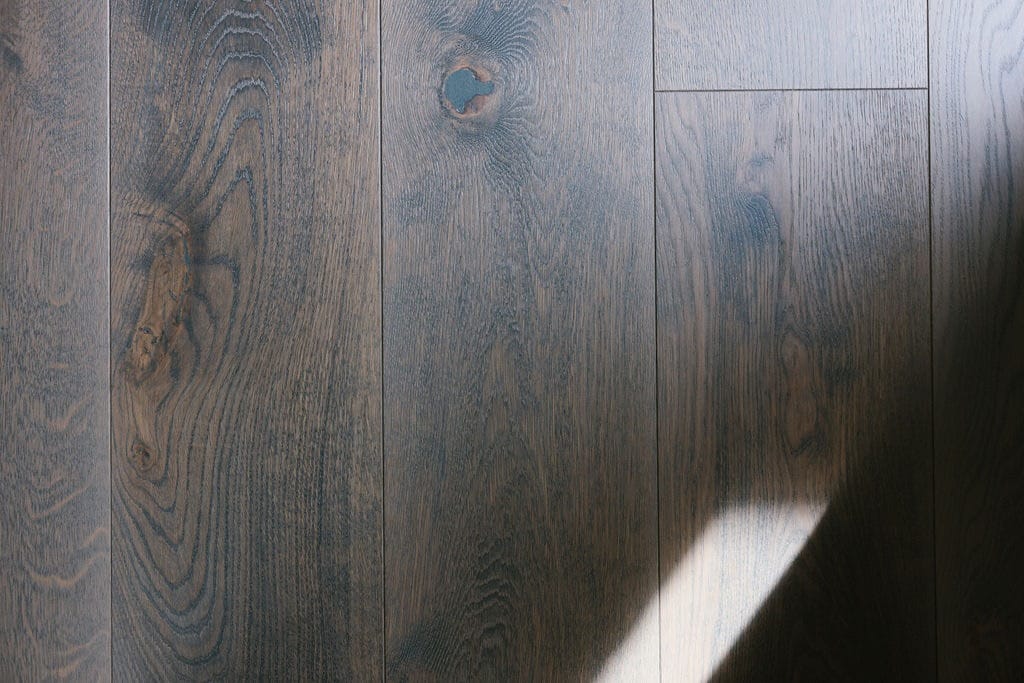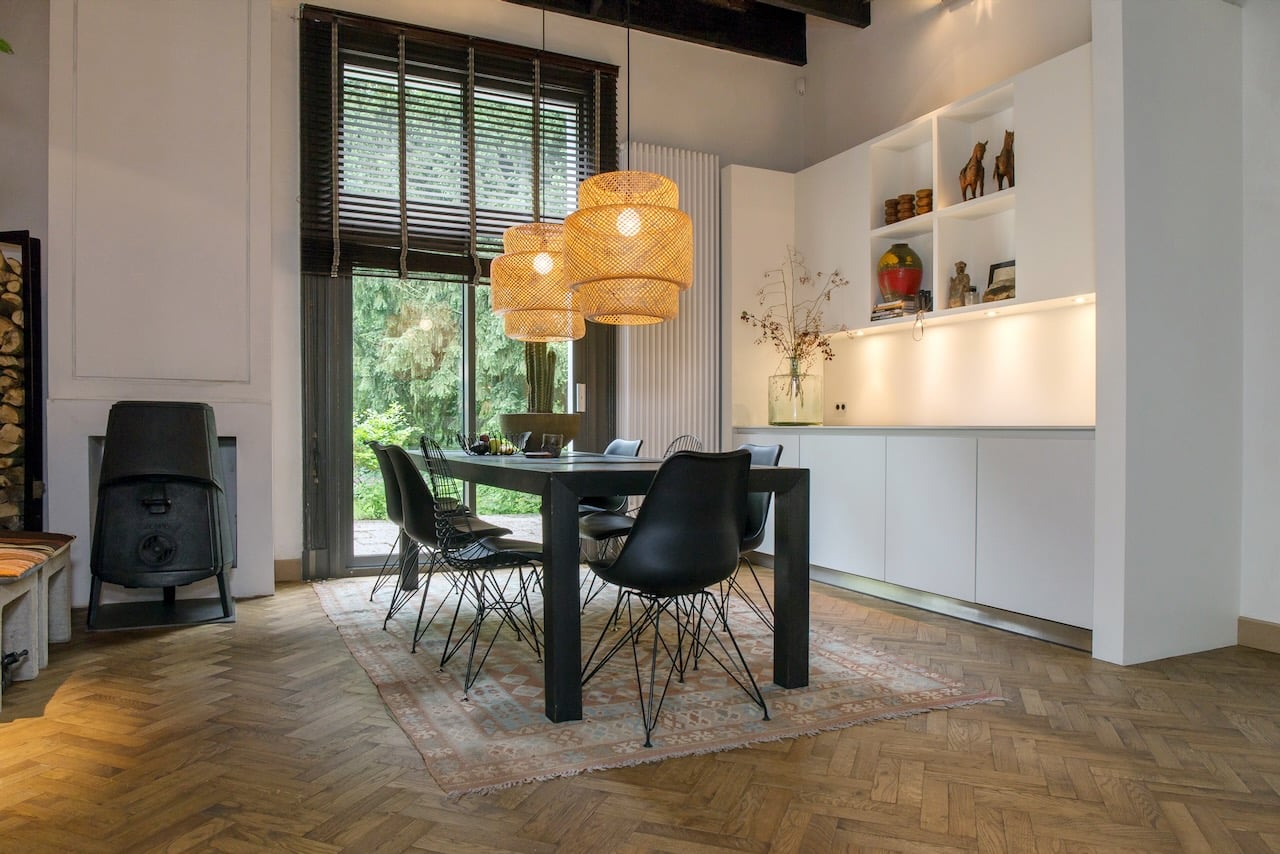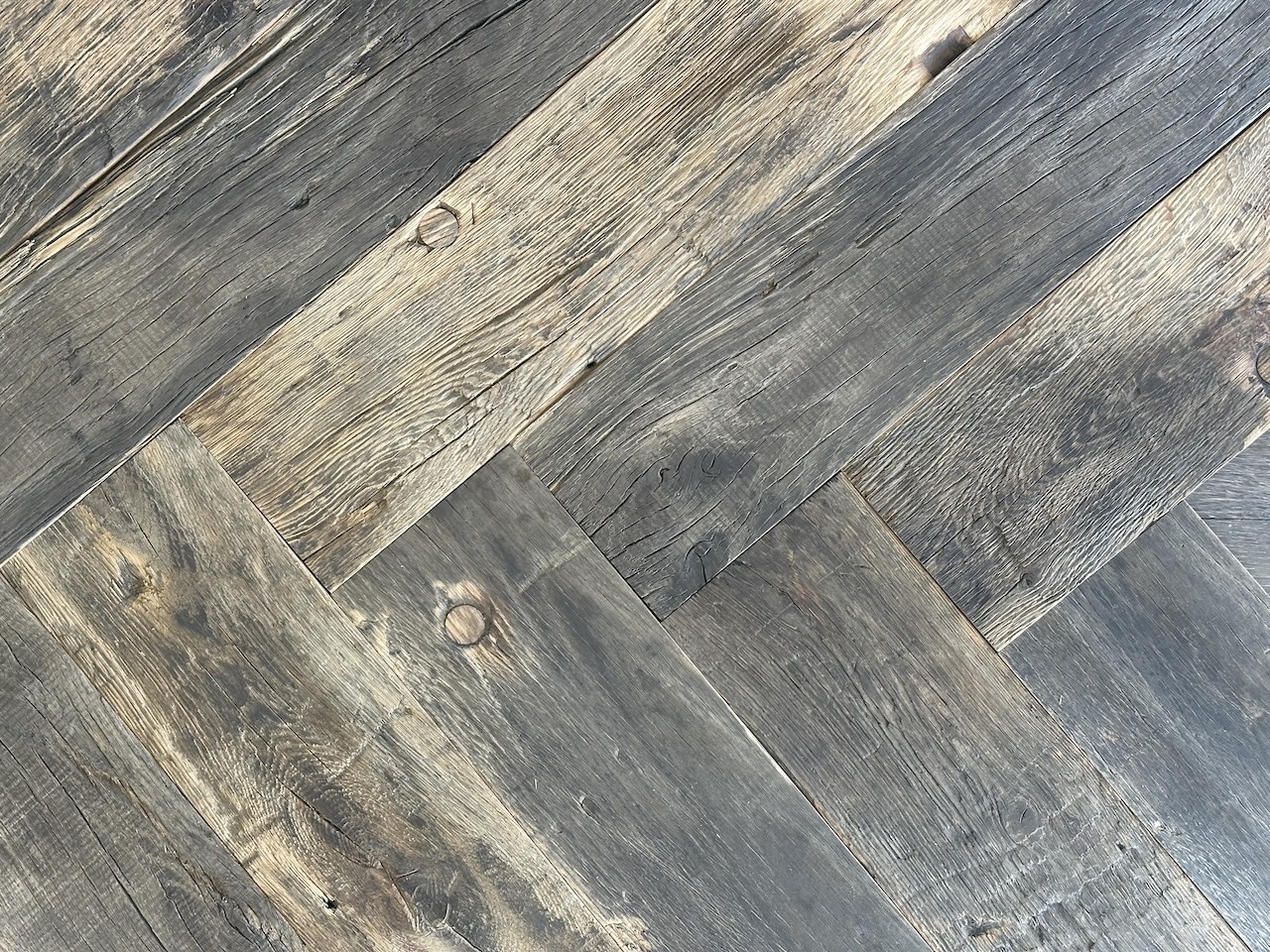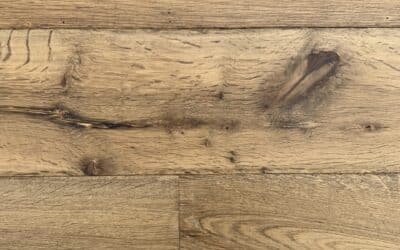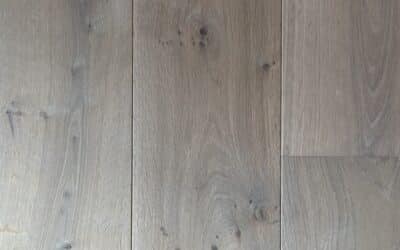Choosing the right timber flooring for your space is a significant decision that requires careful consideration of various factors. High-quality timber flooring not only enhances the aesthetic appeal of your home but also provides durability and long-term value. In this guide, we will explore the essential elements to consider when selecting timber flooring, focusing on factors such as the country of origin, thickness of the lamella, overall thickness, dimensions, finishing processes, timber grading, certifications, and warranties. Understanding these aspects will help you make an informed decision and ensure that your investment stands the test of time.
Country of Origin
The country of origin is a critical factor in determining the quality of timber flooring. Timber sourced from countries with stringent forestry practices, such as France, Germany, and Austria, is known for its superior quality. For example, French oak is valued for its tight grain, large amount of grain movement and consistent colour, making it a popular choice for both modern and traditional interiors. Timber from these regions is often harvested sustainably, ensuring that the wood is mature and robust. Choosing timber from countries with less rigorous standards may result in lower quality flooring, which can affect its durability and appearance over time.
Thickness of Lamella
The lamella refers to the top layer of engineered timber flooring, which is typically made from hardwood. A thicker lamella, ideally between 3mm to 6mm, is crucial for the floor’s longevity. A thicker top layer allows for multiple sandings and refinishes, extending the floor’s lifespan significantly. For instance, a 4mm lamella can be sanded up to three times, ensuring that your floor maintains its appearance for decades. In contrast, a thinner lamella may limit the number of refinishes, reducing the flooring’s overall durability.
Overall Thickness
The overall thickness of engineered timber flooring plays a significant role in its stability and durability. Floors with a thickness of 14mm to 20mm are more resistant to changes in temperature and humidity, making them ideal for the New Zealand climate. Thicker flooring provides better insulation and soundproofing, offering a more solid feel underfoot. Additionally, it contributes to the structural integrity of the floor, reducing the risk of warping or bending over time.
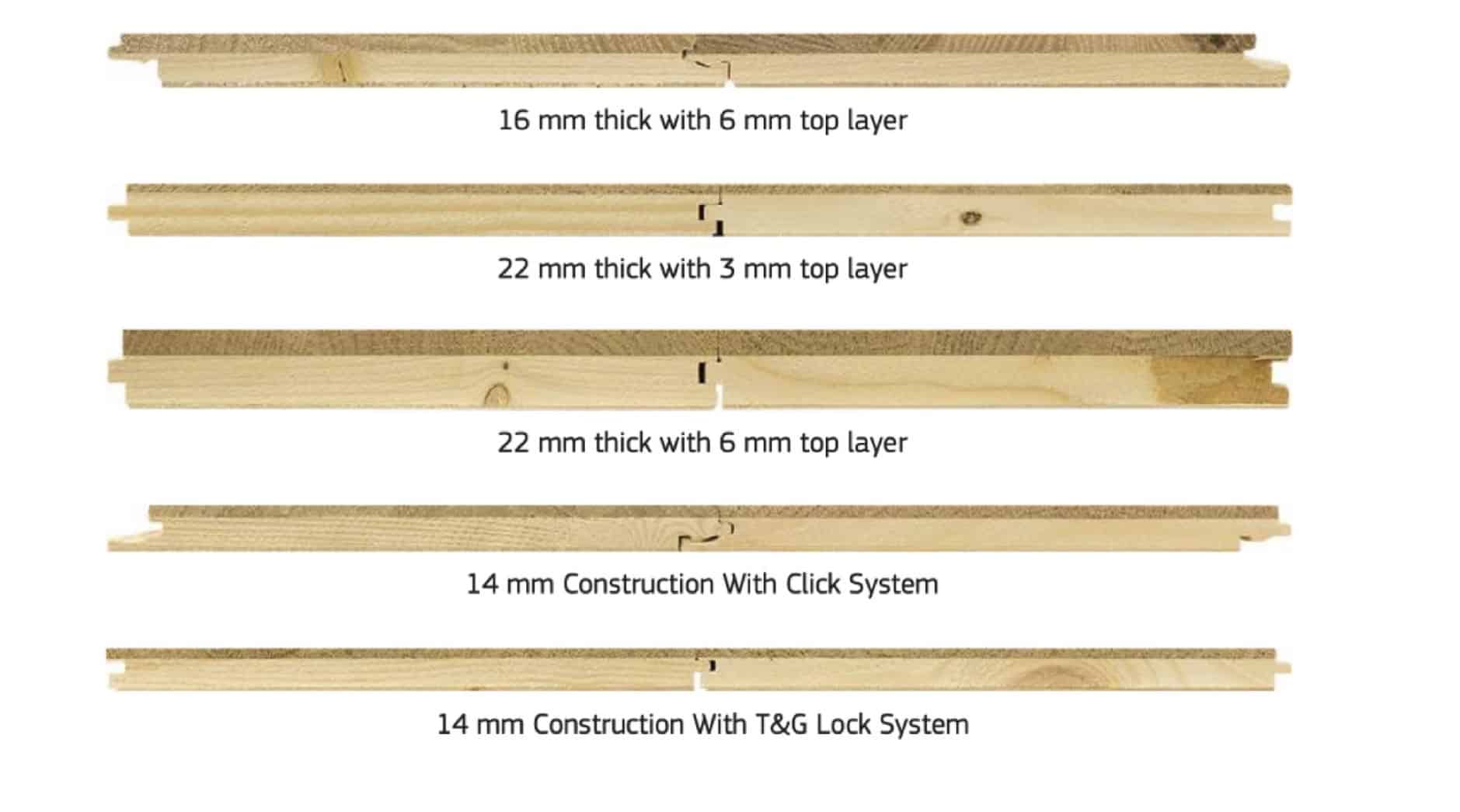
Width and Length
The width and length of timber planks can greatly impact the overall look and feel of your flooring. Wider planks, ranging from 180mm to 300mm, create a sense of space and luxury, while longer planks reduce the number of visible joints, offering a seamless appearance. However, it is essential to ensure that these planks are well-milled and stable, as longer lengths can be more prone to warping if not properly manufactured.
Lacquer Curing Process and Lacquer Used
The lacquer curing process is crucial in determining the durability and maintenance needs of your timber flooring. High-quality lacquers, such as those cured using UV or LED technologies, provide a strong, wear-resistant surface that protects the wood from daily wear and tear. The process involves applying multiple layers of lacquer, each cured under UV light, which hardens the finish and enhances the wood’s natural beauty. The type of lacquer used, whether water-based or solvent-based, also affects the floor’s appearance and performance. Water-based lacquers are generally more environmentally friendly, emitting fewer volatile organic compounds (VOCs) and improving indoor air quality.
Oil Used and Oil Curing Process
Oiled finishes offer a more natural look and feel, enhancing the wood’s grain and texture. The type of oil used and the curing process significantly impact the floor’s durability and maintenance. High-quality oils, like hardwax oil, penetrate deeply into the wood, offering protection from within. The curing process may take several days, but the result is a beautiful, easy-to-maintain floor. Regular oil reapplication is necessary to keep the floor in top condition, but this also allows for spot repairs without the need to refinish the entire floor.
Timber Grading
Timber grading refers to the visual characteristics of the wood, including colour variation, knots, and grain patterns. High-quality timber flooring typically falls into prime, select, or rustic grades. Prime grade timber has minimal knots and a uniform appearance, making it ideal for sleek, modern interiors. Select grade offers more variation, with some knots and colour differences, while rustic grade features more prominent knots and natural imperfections, giving the floor a more traditional look. Higher grades, like prime, are often more stable and less prone to movement, providing a long-lasting, high-quality finish.
Certifications
Certifications are essential for ensuring that your timber flooring meets environmental and quality standards. Look for certifications like FSC (Forest Stewardship Council) or PEFC (Programme for the Endorsement of Forest Certification), which guarantee that the timber has been sourced from responsibly managed forests. These certifications ensure that your flooring contributes to sustainable practices and has a minimal environmental impact. Additionally, certifications from independent testing bodies indicate that the flooring complies with international standards for durability, emissions, and safety.
Warranties
A comprehensive warranty is a sign of confidence in the product’s quality. High-quality timber flooring often comes with extensive warranties covering structural integrity, wear resistance, and finish durability. A warranty period of 20 to 30 years suggests that the manufacturer believes in the product’s longevity. Be sure to read the warranty details to understand what is covered, as this can also provide insights into the flooring’s expected performance.
Quality of Textural Wood Treatments
Textural treatments like bandsawing, brushing, or hand-scraping add unique character to timber flooring, enhancing its natural beauty. These treatments should be executed with precision to ensure they do not compromise the wood’s integrity. High-quality treatments will highlight the wood’s grain and natural features without weakening the plank or creating inconsistencies in the finish. Look for uniformity and craftsmanship in these treatments, as poorly executed techniques can lead to uneven wear and reduced longevity.
Additionally, these treatments usually depend on specialised processes to look authentic. An authentically executed texture treatment will make all the difference when it somes to the look and feel of your flooring.
Quality Factors and how they Impact Pricing:
| Factor | Description | Impact on Price |
|---|---|---|
| Country of Origin | Refers to where the timber is sourced. Countries like France and Germany are known for high-quality timber. | Higher quality and sustainability standards in countries like France and Germany typically result in a higher price. |
| Thickness of Lamella | The top layer of engineered flooring, usually made of hardwood. | A thicker lamella increases the price due to the ability to refinish multiple times, adding longevity and durability. |
| Overall Thickness | Total thickness of the engineered flooring, including all layers. | Thicker overall flooring generally commands a higher price due to increased stability, insulation, and durability. |
| Width and Length | The dimensions of the planks, with wider and longer planks being more desirable. | Wider and longer planks are more expensive due to the larger, high-quality timber required and the premium aesthetic. |
| Lacquer Curing Process | The method used to harden the lacquer finish, such as UV curing. | Advanced curing processes like UV or LED increase the price due to the durability and enhanced finish they provide. |
| Lacquer Used | The type of lacquer applied, including water-based or solvent-based options. | High-quality lacquers, particularly low-VOC options, are more costly due to their environmental and health benefits. |
| Oil Used and Curing Process | The type of oil applied for finishing and how it is cured. | High-quality oils and longer curing processes increase costs due to the enhanced durability and finish they provide. |
| Timber Grading | Visual and structural characteristics such as knots and grain patterns. | Higher grades (e.g., prime) are more expensive due to their uniform appearance and higher structural stability. |
| Certifications | Environmental and quality certifications such as FSC or PEFC. | Certified products typically come at a premium due to the assurance of sustainability and adherence to strict standards. |
| Warranties | The duration and coverage of the product’s warranty. | Extended warranties increase the price as they reflect the manufacturer’s confidence in the product’s longevity. |
| Textural Wood Treatments | Processes like brushing or hand-scraping that add texture to the wood. | High-quality, handcrafted textural treatments are more costly due to the labour and skill involved in achieving them. |
When selecting timber flooring in Auckland or anywhere else, understanding these key factors is crucial for making an informed decision. High-quality timber flooring offers not only aesthetic appeal but also durability and long-term value. By considering the country of origin, lamella thickness, overall thickness, dimensions, finishing processes, timber grading, certifications, warranties, and textural treatments, you can ensure that you are choosing a flooring solution that will stand the test of time.
For more insights into choosing the best engineered timber flooring and hardwood floors, feel free to explore our range of high-quality products. At Vienna Woods, we are committed to providing flooring solutions that combine beauty, durability, and sustainability.
By following these guidelines, you can confidently navigate the market for timber flooring in Auckland, ensuring that your investment enhances the beauty and value of your home.
